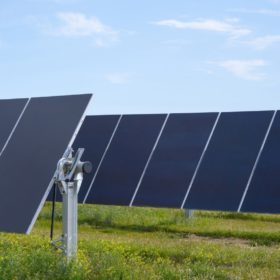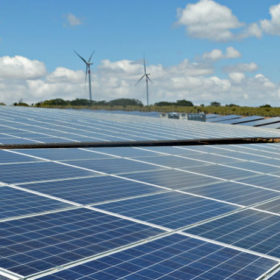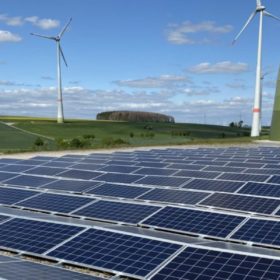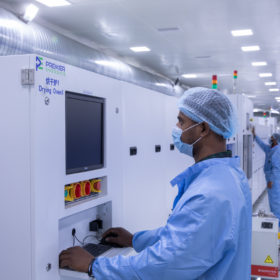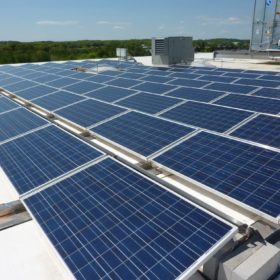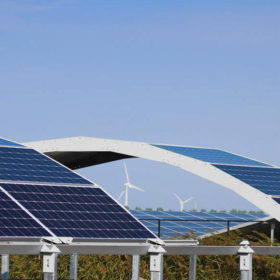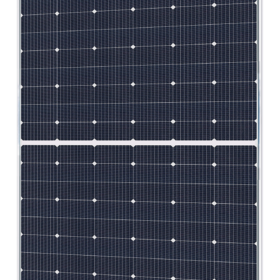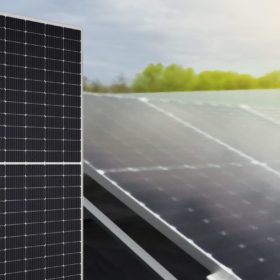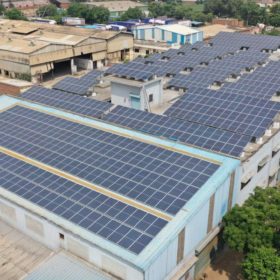CATL claims to have made sodium-ion batteries a commercial reality
The manufacturer has launched sodium-ion products online. Production has begun and will be easily scalable, according to the CATL chairman. Researchers have been keen to make the technology work as it offers a cheaper, more environmentally friendly alternative to lithium-ion products.
First Solar plans a 3.3 GW Indian module fab
The U.S.-based manufacturer is planning a vertically integrated thin-film solar module manufacturing facility in India. The factory will likely be built in Tamil Nadu and become operational in the second half of 2023.
ABC Renewable signs 380 MW solar-wind PPA with SECI
With this power purchase agreement, ABC Renewable, a joint venture between Canadian asset manager Brookfield and clean energy firm Axis Energy Ventures India, has enhanced its RE portfolio to 1,080 MW comprising solar and solar-wind hybrid projects.
IFC makes $126 million equity investment in India’s Federal Bank
The equity investment is expected to see Federal Bank increase the financing for green projects including energy efficiency, renewable energy, climate-smart agriculture, green buildings, and waste management.
Premier Energies unveils new solar facility
The Indian manufacturer has opened a new facility in Telangana with an annual cell and module production capacity of 750 MW.
Financial feasibility of behind-the-meter solar-plus-storage in India
A new report says solar-plus-energy storage will become an attractive investment option for commercial consumers in India as early as 2023 for electricity bill reduction. For high-tariff paying residential consumers, the system will reach grid parity post-2027. The report findings are based on the levelized cost analysis of solar-plus-energy storage systems for consumers in the Indian State of Tamil Nadu.
Arc-shaped PV system for agrivoltaics from Germany
The PV mounting system was developed by Germany-based Goldbeck and will initially be available in the Netherlands from 2022. The company will test the new technology in a 45 MW PV project.
Jakson unveils 21% efficient mono PERC solar modules
The Indian solar manufacturer has released the Helia series of high-efficiency mono PERC PV panels. Ranging from 450W to 600W outputs, the multi-busbar modules are designed for use in residential, commercial and utility-scale installations.
Mahindra & Mahindra adopting a 58 MWp solar plant for self-consumption
The captive solar plant will quadruple Mahindra & Mahindra’s renewable energy share from 12% to 56% in Maharashtra. It shall be developed by ReNew Power arm on a build-own-operate basis.
Commercial and industrial rooftops in India could deploy 1,875 MW of solar in 2021
According to a new report, India’s commercial and industrial sector will increase its rooftop solar deployments by 47% year-on-year, with bifacials and large-size high-wattage modules offering cost-effective support for reducing electricity costs.

